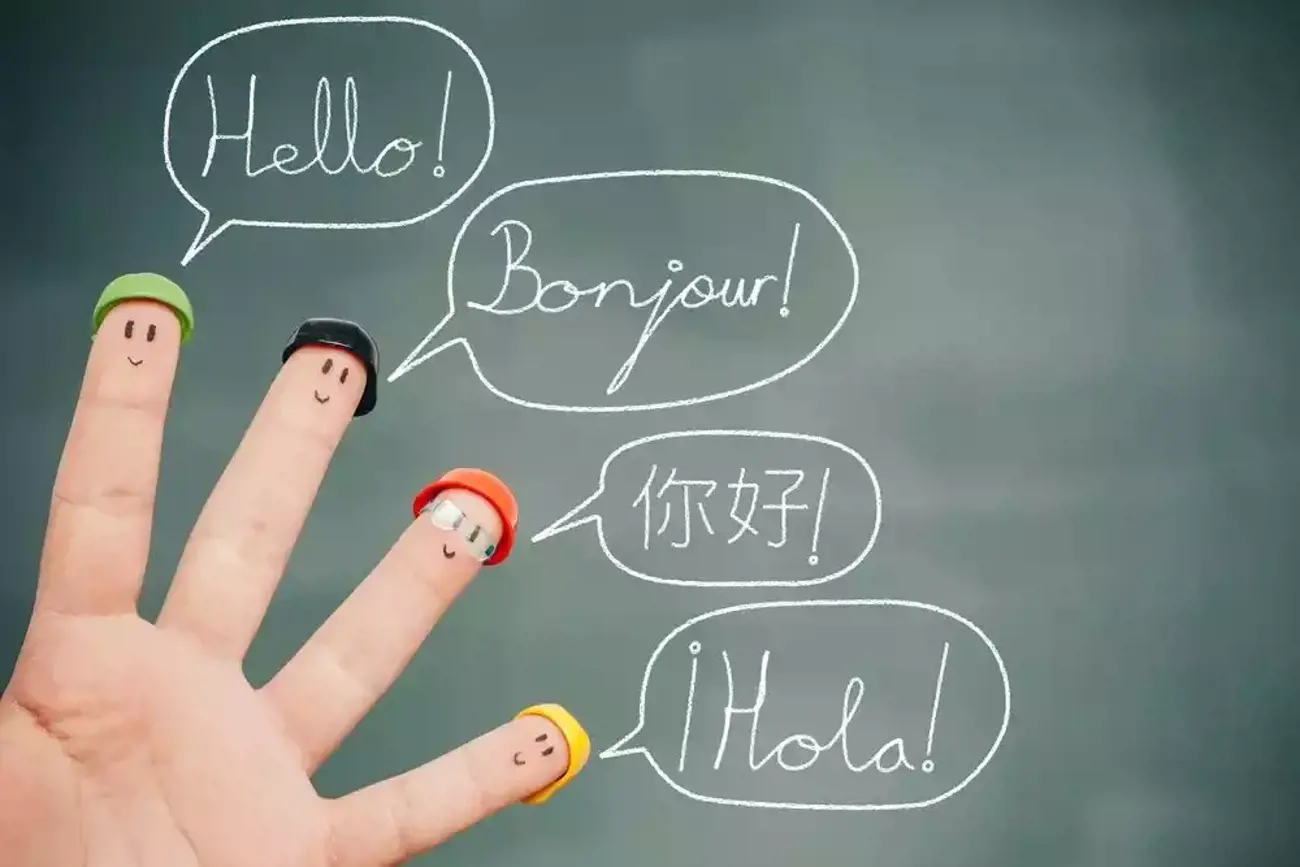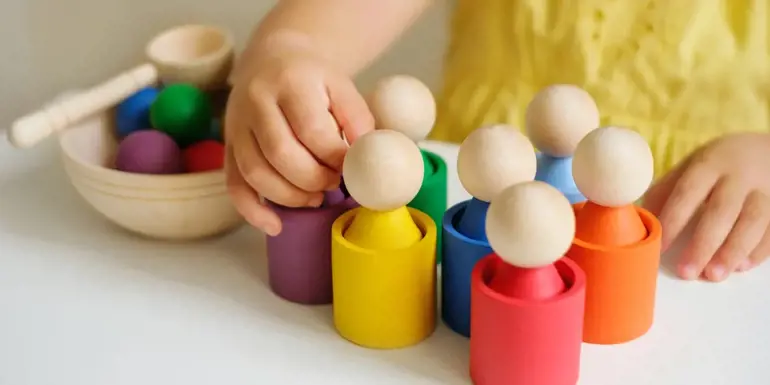One of the great things about Australia is its multiculturalism, and this means that many young children come from bilingual backgrounds.
Here we look at the ways that educators and parents can support children who are learning two languages, and the opportunities that all youngsters have to pick up a language other than English.
How can parents help children learn their second language?
According to Learning Links, there are two main ways that children acquire more than one language:
- Simultaneous acquisition – where the child learns two languages at the same time, and often speaks one language to one parent
- Sequential acquisition – where they learn one language and then the other, with a clear separation between the languages
It takes time and concentration for children to learn a second language, so the speech pathologists and educators at Learning Links say it's normal for children to be silent when they're first exposed to a second language.
To help them out, they recommend that grown-ups:
- Give children time to just observe things, without the pressure to speak
- Offer non-verbal cues, like pointing to what they're talking about
- Switch between languages to aid communication, this can mean swapping languages in mid-sentence to help the child understand something
How educators support bilingual children in early education and care settings
Although there's no one approach that works for all bilingual children, experts recommend educators learn as much as they can about the child, their family and their culture.
It also helps if educators:
- Acknowledge the child's first language
- Find out what the child is interested in, then add these activities and experiences to the early childhood program
- Learn about bilingualism, so they know what to expect, such as knowing not to pressure a quiet child to speak
- Encourage, support and praise the child when they show interest in joining activities
- Support language development by modelling and repeating words and phrases, using gestures and showing them visual material, like saying, "come and play", pointing at a toy or showing them a photo
- Offer non-language activities, like picture-matching, and sensory activities, like sand play, so the child can participate, learn and interact with other children
- Keep in mind that every child is different, so it’s important to recognise their individual strengths and needs to help them enjoy their day
What opportunities are there for young children to learn another language at child care?
There are many benefits that come with learning another language. Children get to flex their brains, and tongues, learn about another culture, understand diversity and embrace difference. When they grow up, speaking another language can open up employment and travel opportunities.
To this end, some services offer foreign language programs. Children at Melbourne's Kimmba Bilingual Early Learning Centre can learn Mandarin, Spanish and German from the age of zero to six. Those attending Sesame Lane in Queensland can immerse themselves in a Japanese Language Program.
What is ELLA?
Another great way to learn a language is through ELLA, which is a digital, play-based language learning program used by more than 2,000 preschools around Australia.
Preschools apply to be part of this free government-funded program, then the fun begins! They choose one language to teach their children – Arabic, Mandarin, French, Hindi, Indonesian, Italian, Japanese, Modern Greek and Spanish – are currently on offer, and gain access to seven apps, plus support materials in that language.
Called The Polygots, the play-based apps are a great way to teach children another language, and preschools get support from a liaison officer and helpdesk too.
In 2019 and 2020, apps in Korean, Vietnamese, Turkish and German will also be added, so ELLA is a brilliant way for preschoolers to learn a second, or third, language.
What's happening tomorrow on Thursday 21 February?
Last, but not least, all this talk about language is especially relevant on 21 February, when International Mother Language Day is celebrated.
The Day promotes linguistic and cultural diversity and multilingualism, so it's a good chance to remember the importance of languages in addition to English.
Reference
Learning Links



































